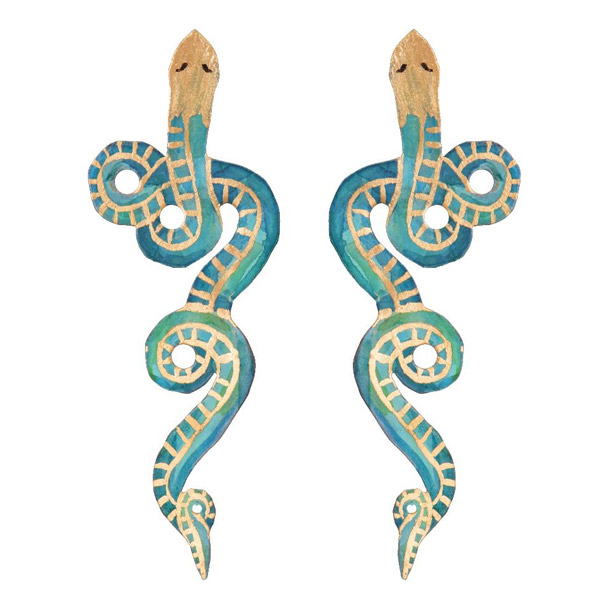
When I interviewed Aurora James about her 15 Percent Pledge initiative—which asks major retailers to dedicate 15% of their shelf space to Black businesses—I was enthusiastic that small, independent retailers in our industry could step up to the challenge too. Though the initiative has opted to first focus on big businesses because that route would have the most impact economically, individuals and smaller outfits can do their part to make it matter as well.
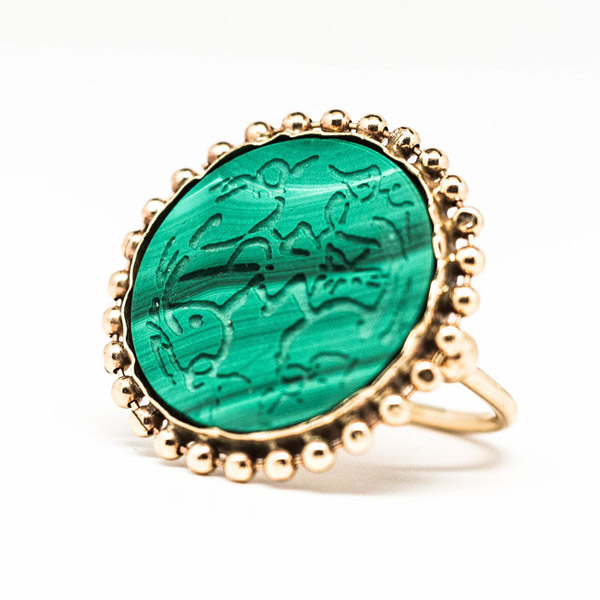
If a retailer were to stock, say, 30 different brands in their online or brick-and-mortar store, the pledge simply asks that five (rounding up from 4.5) of them be Black (that’s 15%, representative of the number of Black people that make up the U.S. population).
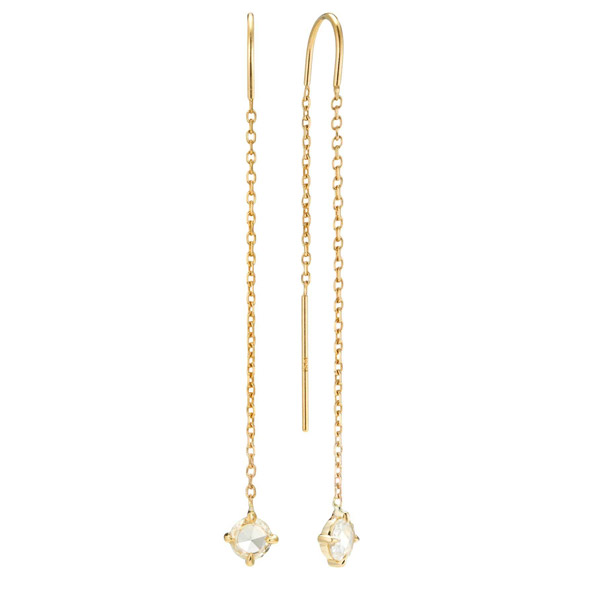
Not all retailers have the same luxuries of these big brands being targeted by the initiative, and that’s understood—there are complexities involved with running a business that don’t make this as simple as it sounds, or as easy as it should be. But be it a large, successful business stocking designers with a list 50 names long, or a small business struggling to find its footing during a pandemic but still wanting to take part, there are ways to get started.
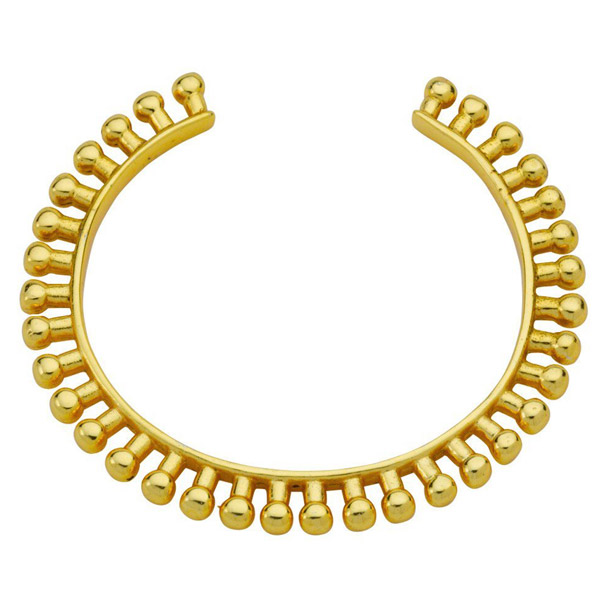
That means seeking Black designers that would make sense with your product mix—whether to stock now as an addition to your customers’ favorite brands, or as hopeful newcomers in the future, when the time is right. It means being open to exploring new avenues for finding unknown or new-to-you brands—in the absence of traditional trade shows, attending virtual ones and finding new sources that share the work of jewelry designers online could open a whole new world of opportunity for both a store and its customers.
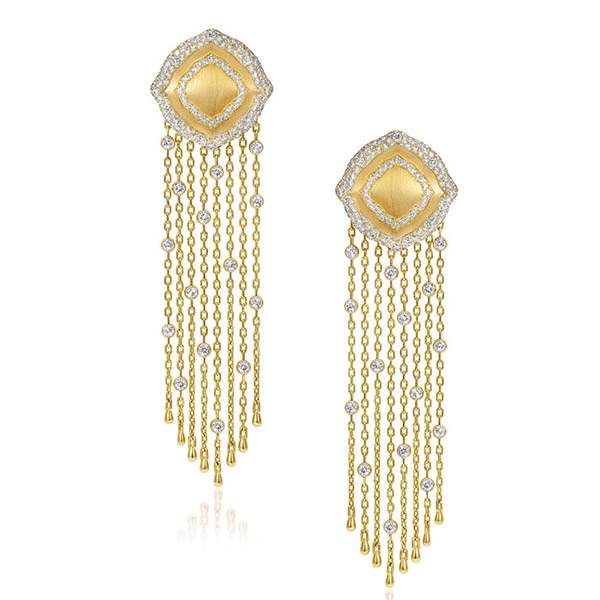
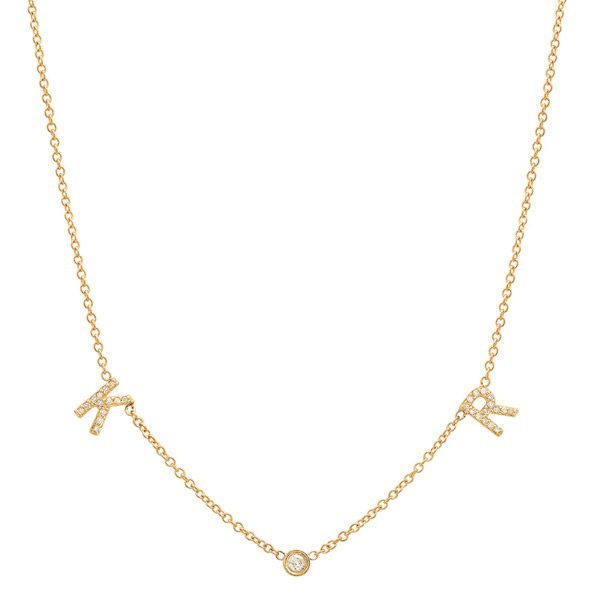
Black designers are a seriously underrepresented segment in our industry, as has been so aptly demonstrated these last few months. Without equal opportunity for learning, it’s also true that there are fewer of them—but what has also been exhibited over these last few months is the plethora of creators offering a wide range of aesthetics to vibe with all sorts of jewelry stores that are out there now.
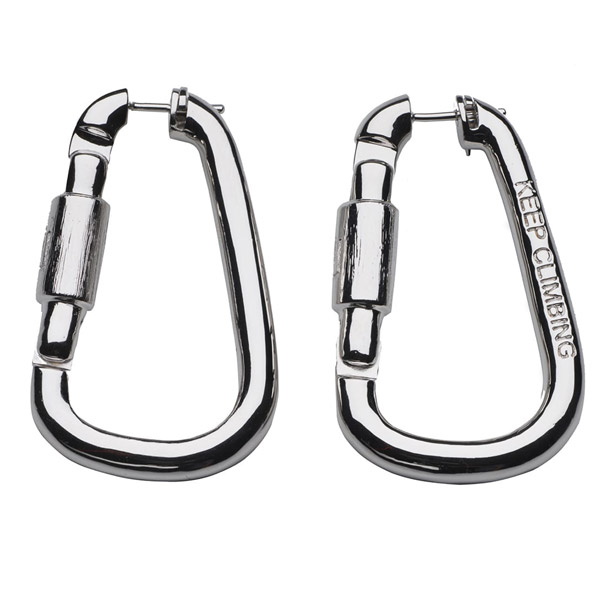
If you’re wondering where to start, check Instagram—seriously. Members of our industry with influential accounts have been sharing the works of Black designers and thereby doing some of the work for you (@diamondoodles is a good place to start). There are also accounts such as @blackownedeverything, which shares everything from home goods to clothing and shoes and also quite a bit of jewelry. Again, an excellent source, and just one of many.
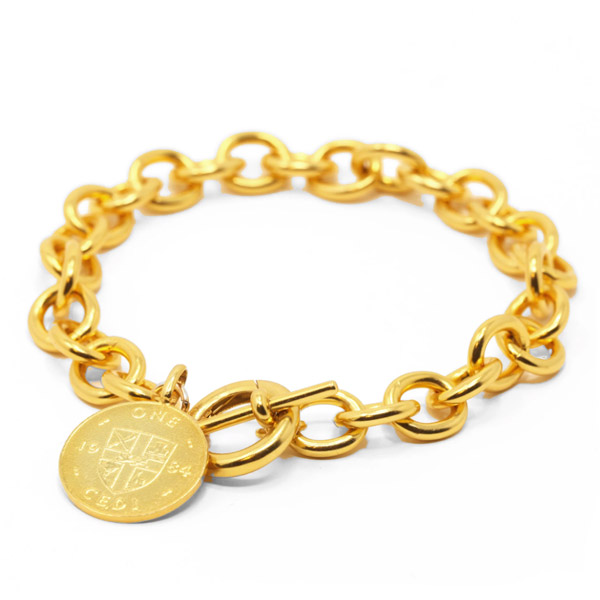
In June, Metal & Smith championed its Be Herd series, hosted by jewelry designer Julie Lamb, spotlighting emerging African-American jewelry designers. Another good starting point. Also in June, For Future Reference, along with 50 fine jewelry brands and public relations agencies, announced it was spearheading the Art Smith Memorial Scholarship Fund, creating ongoing scholarships and mentorships to support Black jewelry design students at New York’s Fashion Institute of Technology. And so we eagerly await the next generation of designers.
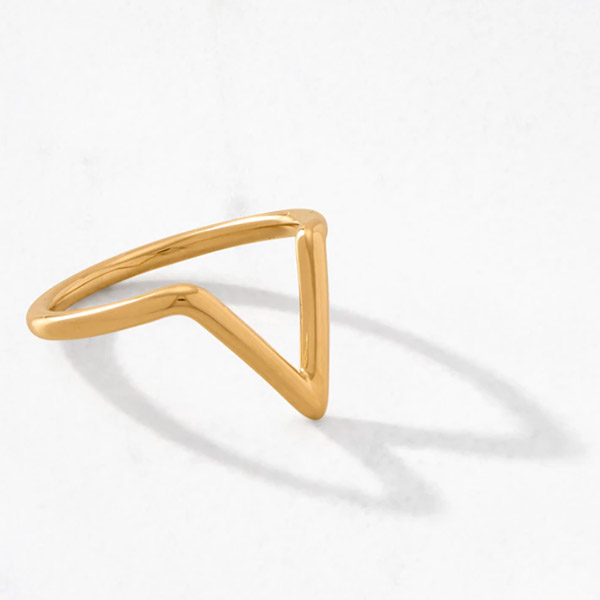
Efforts like this should make it easy for retailers in the ideal position to welcome new brands to their store mix to get in touch with the designers who meet their needs and propose a partnership. It seems human nature to turn on autopilot and continue business as usual, but equality in this industry is broken, so we must push forward to try and fix it.
It won’t happen overnight, but little by little, an initiative such as this can reverberate across the entire industry. As we seek to race the hell out of 2020, let’s look to go into 2021 with new, fruitful partnerships that will open the doors to new voices, new customers, new friends, and new outlooks.
Top: Hand-painted small Serpentine earrings in sterling silver and brass, $360; We Dream in Colour
- Subscribe to the JCK News Daily
- Subscribe to the JCK Special Report
- Follow JCK on Instagram: @jckmagazine
- Follow JCK on X: @jckmagazine
- Follow JCK on Facebook: @jckmagazine